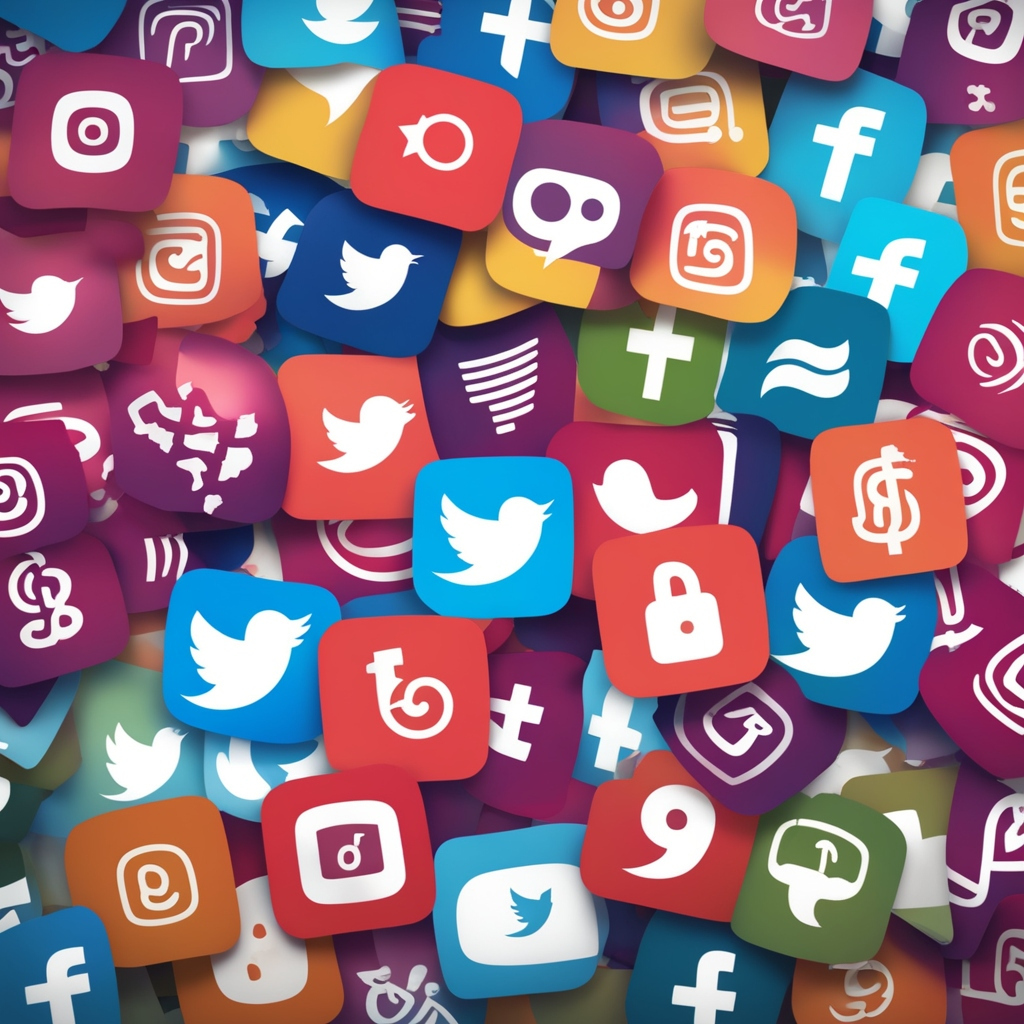In the ever-evolving landscape of digital marketing, hashtags have emerged as powerful tools for increasing visibility, engagement, and audience reach. Originally introduced on Twitter in 2007, hashtags have since become an essential component of social media strategies across platforms such as Instagram, Facebook, LinkedIn, and TikTok. This article explores the role of hashtags in social media marketing, their benefits, best practices, and how brands can leverage them effectively.
What Are Hashtags?
Hashtags are words or phrases preceded by the pound sign (#) that categorize content and make it discoverable to a wider audience. By clicking on or searching for a specific hashtag, users can view related posts and engage with content beyond their immediate network. Hashtags help to organize discussions, create trends, and facilitate brand discovery.
The Benefits of Using Hashtags in Social Media Marketing
1. Enhanced Visibility and Reach
Hashtags enable posts to be discovered by users who are not directly following a brand. This expanded reach increases the potential for content to go viral and attract a larger audience.
2. Improved Engagement
Posts with relevant hashtags tend to receive higher engagement rates, including likes, shares, and comments. Users interested in a specific topic can easily find and interact with content that resonates with them.
3. Targeted Marketing
Hashtags allow brands to reach specific demographics by using niche or industry-related tags. For example, a fitness brand can use #HealthyLiving or #WorkoutMotivation to attract fitness enthusiasts.
4. Brand Awareness and Identity
Creating and promoting branded hashtags can help businesses establish a unique identity. A well-crafted hashtag campaign can encourage user-generated content and brand advocacy.
5. Trend Participation
Hashtags help businesses join trending conversations, increasing visibility and positioning the brand as relevant and up-to-date with current events or industry trends.
6. Cross-Platform Consistency
Hashtags work across multiple social media platforms, allowing businesses to maintain consistency in their messaging and reach diverse audiences.
Best Practices for Using Hashtags in Social Media Marketing
1. Research and Use Relevant Hashtags
Before using hashtags, research trending and high-performing tags within your industry. Tools like Hashtagify, RiteTag, and social media analytics can help identify effective hashtags.
2. Mix Popular and Niche Hashtags
Using a combination of high-traffic hashtags (#Marketing, #SocialMedia) and niche-specific hashtags (#DigitalMarketingStrategy, #ContentGrowth) can help balance reach and targeted engagement.
3. Create Branded Hashtags
Developing a unique, memorable hashtag for your brand encourages community engagement. Examples include Coca-Cola’s #ShareACoke and Nike’s #JustDoIt.
4. Avoid Overuse
While hashtags boost discoverability, excessive usage can appear spammy. Instagram allows up to 30 hashtags per post, but studies suggest using 5-10 effective hashtags is optimal.
5. Keep Hashtags Simple and Memorable
Avoid complex or lengthy hashtags that are difficult to remember or spell. Short and catchy hashtags are more effective for user engagement.
6. Monitor Hashtag Performance
Use social media analytics tools to track the effectiveness of hashtags. Analyzing engagement metrics helps refine future hashtag strategies.
7. Capitalize on Trending Hashtags Carefully
Joining trending hashtag discussions can be beneficial, but ensure the tag aligns with your brand’s message. Misusing trends can result in backlash.
Platform-Specific Hashtag Strategies
1. Instagram
- Use a mix of popular, niche, and branded hashtags.
- Place hashtags in captions or the first comment to keep posts clean.
- Leverage Instagram Stories with hashtags for increased visibility.
2. Twitter
- Use 1-2 relevant hashtags per tweet for optimal engagement.
- Participate in trending hashtag conversations to gain exposure.
- Create Twitter chats using branded hashtags.
3. Facebook
- Use hashtags sparingly, as overuse can reduce reach.
- Focus on campaign or event-based hashtags.
- Engage with community groups using relevant hashtags.
4. LinkedIn
- Use professional and industry-related hashtags.
- Limit to 3-5 hashtags per post for better engagement.
- Follow industry hashtags to stay updated on trends.
5. TikTok
- Utilize trending hashtags for viral potential.
- Combine niche and broad hashtags for discoverability.
- Participate in hashtag challenges to boost engagement.
Hashtags are a powerful tool in social media marketing, enabling businesses to increase visibility, engage with audiences, and build brand awareness. By strategically using relevant, trending, and branded hashtags, businesses can maximize their social media impact. Implementing best practices and continuously monitoring performance will help brands stay competitive and relevant in the digital space.




